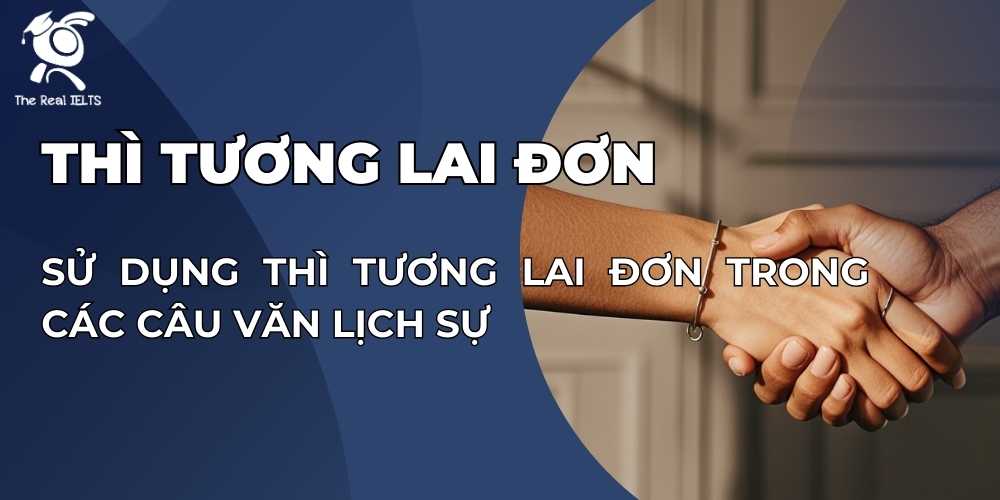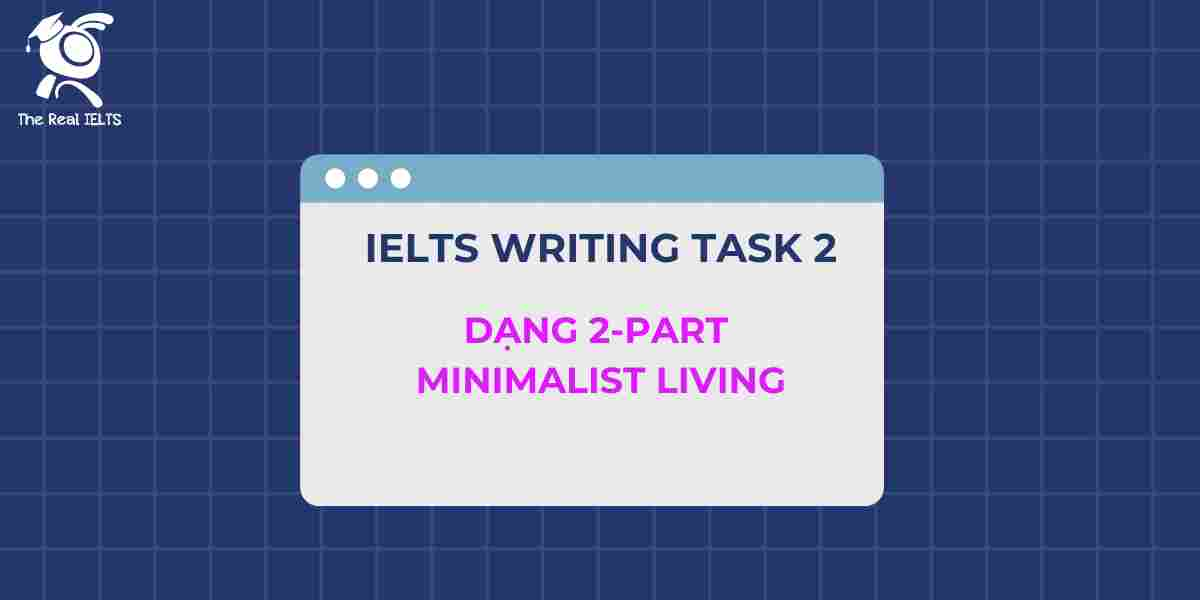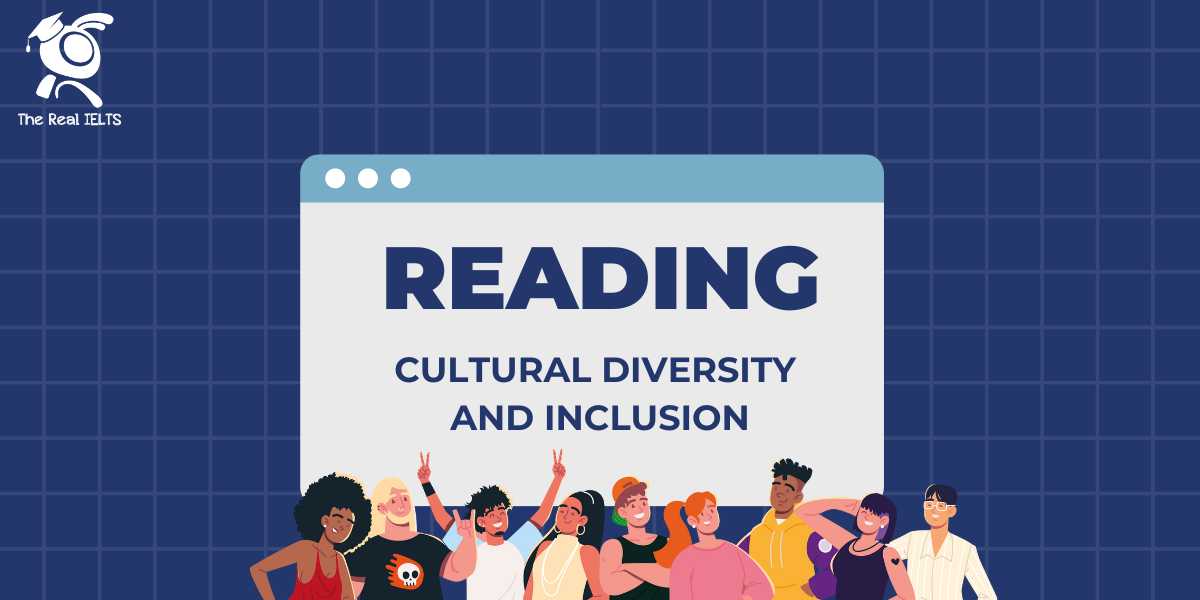Đề thi IELTS Reading có tiêu đề “Advances in Renewable Energy Technologies”
Nhớ đọc thêm các bài luyện thi IELTS nhé.
IELTS Reading:“Advances in Renewable Energy Technologies”
The global shift towards cleaner and more sustainable energy sources has become an urgent necessity as we confront the environmental challenges posed by traditional fossil fuels. In recent decades, renewable energy technologies have witnessed remarkable advancements, offering a promising alternative to finite resources like coal, oil, and natural gas. These advancements not only aim to mitigate the detrimental effects of climate change but also present viable solutions to the growing global demand for energy. Among the most notable renewable technologies are solar power, wind energy, hydropower, and bioenergy, each evolving rapidly in efficiency, accessibility, and implementation.
Solar energy, once considered an expensive and inefficient option, has undergone significant technological improvements in the past few years. Photovoltaic (PV) cells, which convert sunlight directly into electricity, have become more affordable due to advances in materials like perovskites and silicon-based technologies. Additionally, innovations in solar panel designs have improved their ability to capture sunlight, even in less optimal conditions, such as cloudy weather or low-light environments. Solar farms, large-scale facilities dedicated to harnessing solar power, have also grown in popularity worldwide, particularly in regions with abundant sunlight. Countries such as China, the United States, and Germany have heavily invested in solar infrastructure, leading to a notable increase in their renewable energy production.
Wind energy has also experienced significant technological growth, with modern wind turbines becoming larger, more efficient, and capable of generating power in a wider range of conditions. Offshore wind farms, in particular, are seen as the future of wind energy due to their ability to capture stronger and more consistent winds compared to onshore locations. These offshore facilities are often located far from populated areas, reducing concerns about noise and visual impact. Advances in turbine blade materials, coupled with innovations in energy storage solutions, have enhanced the overall viability of wind power as a reliable energy source. As a result, countries like Denmark and the United Kingdom have become pioneers in the global wind energy sector.
Hydropower, one of the oldest and most reliable sources of renewable energy, has also seen technological improvements in recent years. Modern hydroelectric plants are increasingly focused on minimizing environmental disruption while maximizing energy output. Small-scale hydropower systems, for instance, are now being developed to harness energy from rivers and streams without the need for large dams, which have historically caused significant ecological damage. Additionally, the concept of “pumped storage” has gained traction, allowing excess energy generated during periods of low demand to be stored and released when needed, ensuring a stable and continuous energy supply. This flexibility makes hydropower a critical component in balancing energy grids reliant on intermittent sources like solar and wind.
Bioenergy, derived from organic materials such as plants, animal waste, and agricultural residues, has seen renewed interest as a versatile and sustainable energy option. Advances in bioenergy technologies have made it possible to convert these materials into various forms of energy, including electricity, heat, and biofuels. Second-generation biofuels, which are produced from non-food crops and agricultural waste, offer a more sustainable alternative to traditional biofuels, addressing concerns about food security and land use. Furthermore, breakthroughs in algae-based biofuel research have opened new avenues for the production of cleaner and more efficient biofuels, with the potential to significantly reduce greenhouse gas emissions.
In addition to individual advancements in renewable energy technologies, the integration of these systems has become a key focus in modern energy strategies. Smart grids, which use digital technology to monitor and manage the flow of electricity, allow for better coordination between different renewable energy sources. These grids can efficiently balance supply and demand, ensuring that excess energy generated from renewable sources is stored or redistributed to areas in need.
Moreover, advancements in energy storage, particularly in battery technology, have addressed one of the main challenges of renewable energy—its intermittency. Lithium-ion batteries, for example, have become the industry standard for storing excess solar and wind energy, but research into alternatives like solid-state and flow batteries promises even greater storage capacity and efficiency.
The global transition to renewable energy is not without its challenges, particularly in terms of infrastructure, cost, and policy. While the cost of renewable energy technologies has decreased significantly, there are still substantial upfront investments required for installation and development. Moreover, existing energy infrastructure in many countries is built around fossil fuels, necessitating significant modifications to accommodate renewable systems. Policymakers play a crucial role in this transition by providing incentives for renewable energy projects, implementing regulations to reduce carbon emissions, and fostering international cooperation to share technological advancements and best practices.
Despite these hurdles, the future of renewable energy technologies appears bright. As research continues and investments grow, the efficiency, affordability, and accessibility of renewable energy will likely improve, making it an increasingly viable option for meeting the world’s energy needs. Moreover, the environmental benefits of renewable energy, such as reduced greenhouse gas emissions and decreased reliance on finite resources, are driving global efforts towards a more sustainable and resilient energy system. Countries that lead in the adoption of renewable energy technologies will not only contribute to the global fight against climate change but also gain a competitive edge in the emerging green economy.
In conclusion, the advancements in renewable energy technologies represent a critical step forward in addressing the environmental and energy challenges of the 21st century. Solar, wind, hydropower, and bioenergy have all made significant strides, offering cleaner and more sustainable alternatives to fossil fuels. As these technologies continue to evolve and integrate into global energy systems, they hold the potential to revolutionize the way we produce and consume energy, paving the way for a greener and more sustainable future.
Đề bài thi IELTS Reading
Multiple Choice Questions (MCQs):
- What has driven the need for advancements in renewable energy technologies? A. The decline in fossil fuel prices
B. Environmental challenges from fossil fuels
C. Political disagreements over energy
D. Growing support for nuclear energy - Which of the following is a material mentioned that has improved solar power efficiency? A. Graphite
B. Perovskites
C. Gold
D. Titanium - Offshore wind farms are preferred over onshore ones because: A. They are cheaper to build
B. They capture stronger winds
C. They are located closer to cities
D. They require less maintenance - How has hydropower improved in recent years? A. By increasing dam sizes
B. By using more coal-powered stations
C. By reducing environmental impact
D. By relying more on fossil fuels - What is an example of a second-generation biofuel source? A. Corn
B. Soybeans
C. Non-food crops
D. Algae-based products - What is one key feature of “pumped storage” in hydropower? A. It stores water during high demand
B. It reduces the need for dams
C. It balances supply and demand
D. It uses coal to generate power - What technological advancement has addressed the intermittency issue of renewable energy? A. Wind turbines
B. Solar panels
C. Battery storage
D. Hydroelectric dams - Which country is NOT mentioned as having invested heavily in renewable energy? A. United States
B. China
C. India
D. Germany - What is a common concern with offshore wind farms? A. Noise and visual impact
B. Lack of wind
C. High maintenance costs
D. Distance from cities - What is one challenge in transitioning to renewable energy mentioned in the text? A. Lack of interest in renewable energy
B. Existing infrastructure built around fossil fuels
C. Excessive governmental support for renewables
D. High consumer demand for fossil fuels
True/False/Not Given:
- Solar panels have improved in their ability to capture sunlight only in optimal weather conditions.
True / False / Not Given - Denmark is a global leader in bioenergy technology.
True / False / Not Given - “Pumped storage” in hydropower plants is a new concept that has only been introduced in the last five years.
True / False / Not Given - Renewable energy technologies have generally become less affordable over time.
True / False / Not Given - Algae-based biofuels are more polluting than traditional biofuels.
True / False / Not Given - China has become a leading country in renewable energy production due to its significant investment in solar infrastructure.
True / False / Not Given
Yes/No/Not Given:
- Does the author believe that advancements in solar technology will make it a major source of energy in the future?
Yes / No / Not Given - Does the author suggest that wind energy is less reliable than solar energy?
Yes / No / Not Given - Does the passage mention any downsides to bioenergy production?
Yes / No / Not Given - Does the passage express concerns about the environmental impact of hydropower?
Yes / No / Not Given
Matching Information:
- Which paragraph discusses “second-generation biofuels”?
A. Paragraph 2
B. Paragraph 3
C. Paragraph 5
D. Paragraph 7 - Which section mentions the integration of renewable energy systems through smart grids?
A. Paragraph 8
B. Paragraph 4
C. Paragraph 6
D. Paragraph 9
Matching Headings:
- Choose the most suitable heading for Paragraph 3: A. Biofuels and their Potential
B. Technological Improvements in Wind Energy
C. The Role of Hydropower in Future Energy Systems
D. Global Investments in Solar Energy - Choose the most suitable heading for Paragraph 5: A. Algae and the Future of Biofuels
B. Global Expansion of Wind Farms
C. Challenges Facing Hydropower
D. Bioenergy as a Versatile Source
Matching Features:
- Match the following advancements with their corresponding energy sources:
- Photovoltaic cells
- Pumped storage
- Algae-based biofuels
- Offshore wind farms
A. Solar energy
B. Hydropower
C. Bioenergy
D. Wind energy
Matching Sentence Endings:
- Photovoltaic cells have improved in affordability due to…
A. research in algae-based biofuels.
B. better materials like perovskites.
C. government incentives for solar panels.
D. advances in turbine blade materials. - Offshore wind farms are often located far from populated areas to…
A. reduce environmental disruption.
B. increase visual appeal.
C. reduce concerns about noise and visual impact.
D. provide power for city centers. - Modern hydroelectric plants aim to…
A. increase energy production through large dams.
B. store excess energy for future use.
C. increase the use of fossil fuels.
D. reduce electricity costs.
Sentence Completion:
- The energy storage issue in renewable energy systems has been improved by innovations in ___________.
- The integration of different renewable energy sources is better managed with the development of ___________.
- Second-generation biofuels are primarily derived from ___________.
- One advantage of small-scale hydropower systems is their ability to harness energy without ___________.
Summary Completion:
Fill in the blanks in the summary below:
Renewable energy technologies have advanced significantly in recent years, particularly in solar, wind, hydropower, and bioenergy. Innovations such as ___________ in solar panels and the development of ___________ in bioenergy have greatly improved efficiency. Meanwhile, offshore wind farms and modern ___________ plants have helped countries like Denmark and the United Kingdom become leaders in renewable energy. Despite these advancements, challenges such as ___________ still hinder the widespread adoption of renewable technologies.
Short Answer Questions:
- What type of biofuels addresses concerns about food security?
- What advantage do offshore wind farms have over onshore wind farms?
- How do smart grids help integrate renewable energy systems?
- What is the main material used in photovoltaic cells?
- What kind of hydropower system allows for energy storage?
- Which country is leading in the adoption of wind energy?
- What energy source uses algae for fuel production?
- What is one major challenge in the global transition to renewable energy systems?
Đáp án bài thi IELTS Reading
Multiple Choice Questions (MCQs):
- B
- B
- B
- C
- C
- C
- C
- C
- A
- B
True/False/Not Given:
- False
- Not Given
- False
- False
- False
- True
Yes/No/Not Given:
- Yes
- No
- Not Given
- No
Matching Information:
- C
- A
Matching Headings:
- B
- D
Matching Features:
- Photovoltaic cells: A
- Pumped storage: B
- Algae-based biofuels: C
- Offshore wind farms: D
Matching Sentence Endings:
- B
- C
- B
Sentence Completion:
- battery storage
- smart grids
- non-food crops
- the need for large dams
Summary Completion:
- improved materials
- second-generation biofuels
- hydroelectric
- existing fossil fuel infrastructure
Short Answer Questions:
- Second-generation biofuels
- They capture stronger winds
- By balancing supply and demand more efficiently
- Silicon
- Pumped storage
- Denmark
- Bioenergy
- Existing infrastructure built around fossil fuels
Luyện tập bài khác ở bài viết:”100 bài luyện IELTS Reading 2024 – 2025“















